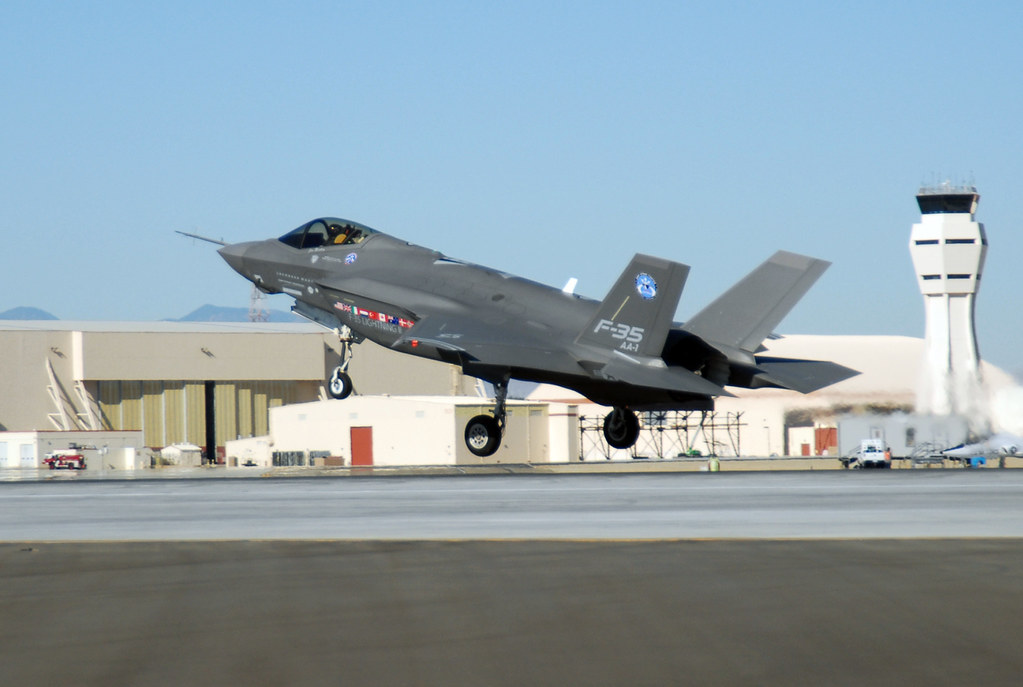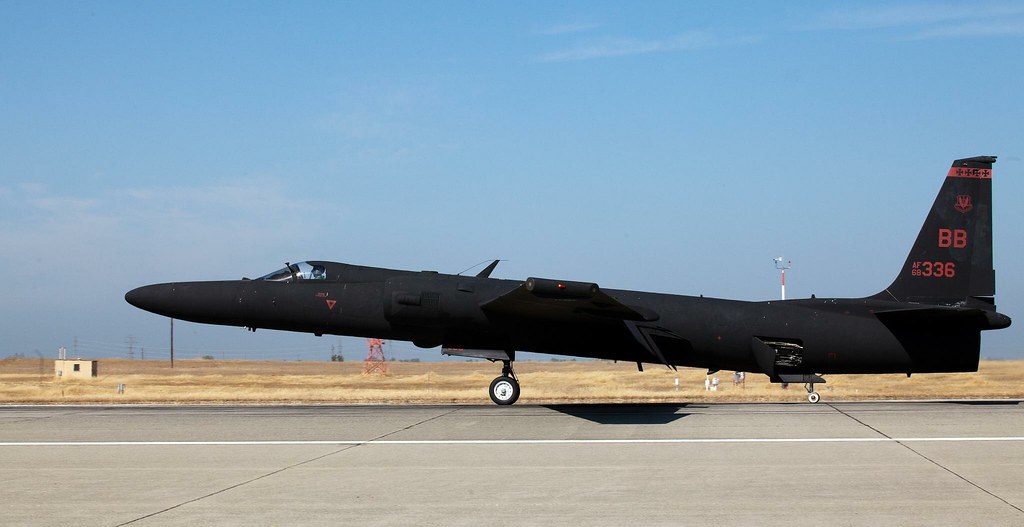
A dramatic claim recently emerged from Iran: the downing of Israeli F-35 fighter jets. This assertion, made by Iranian officials and state media, sent ripples across international observers and military analysts. If true, it would represent a significant moment in the history of air warfare, marking the first confirmed destruction of the highly advanced F-35 in combat.
According to reports from Iranian media like Press TV, the Deputy Governor of Iran’s East Azerbaijan Province announced the downing of an Israeli F-35 over Tabriz on June 16. Further claims reported by IRNA and Tasnim News Agency included shooting down two F-35s on June 13, 2025, and destroying a third on June 14, reportedly capturing a female Israeli pilot.
These reports detailed that the alleged shootdowns occurred amid heightened military conflict, claiming the stealth jets were involved in airstrikes on Iranian military and nuclear installations. Iranian authorities also announced that 14 drones, purportedly deployed by Israeli intelligence, were intercepted and destroyed in operations across multiple provinces, including Esfahan, Fars, and Kermanshah.
Images shared by Iranian media allegedly showed debris from the downed drones, and an image circulating online claimed to show a downed F-35. The official Iranian army Telegram channels claimed three Israeli jets had been brought down and one pilot arrested, with PressTV describing it as “the first time a fifth-generation stealth aircraft has been successfully downed.” The report specified the aircraft as the F-35, noting its status as the most advanced in the Israeli Air Force.

However, these dramatic claims were met with swift and categorical denials from Israel. The Israel Defense Forces (IDF) spokesperson, Avichay Adraee, dismissed Iran’s reports as “completely false and fabricated.”
The IDF maintained that none of its aircraft were lost and no pilots were captured. Nadav Shoshani, an LTC spokesperson for the IDF, stated on X, “Iran didn’t shoot down any Israeli fighter jets. They are trying to create a fake victory narrative and it’s not going very well.”
Independent verification of the Iranian claims has been difficult to obtain. Military analysts and OSINT trackers have not confirmed the alleged shootdowns. Alleged images of F-35 wreckage shared on Iranian channels were found to be old or digitally altered.
A Fake News Detector rating explicitly categorized a circulating image claiming to show an Israeli F-35 shot down by Iran in June 2025 as “Fake.” The rating highlighted inconsistencies in the image compared to the actual dimensions of an F-35 and noted the incorrect logo on the right wing.

Furthermore, no independent satellite imagery has emerged showing crash sites, which would likely be visible due to debris and fire signatures. Until verifiable evidence like photos, videos, or satellite confirmations emerges, global defense experts remain highly skeptical of Iran’s assertions.
Despite the lack of independent confirmation, the claims themselves raise fascinating questions about the nature of stealth technology and the evolving challenges it faces. The F-35 Lightning II is renowned for its advanced stealth capabilities, designed for near-invisibility to radar with a low radar cross-section (RCS) design.
It integrates data from multiple sources for 360° situational awareness and possesses advanced electronic warfare systems capable of jamming enemy radar and spoofing missiles. It is designed for long-range missions, capable of deep-penetration strikes with precision-guided munitions.
Yet, as the context explains, stealth aircraft are low-observable, not completely invisible. Detection is still possible if they get close enough or if multiple radar bands work together. Stealth capabilities also vary depending on the angle, being most stealthy from the front but having a larger RCS from the sides and rear.
For a country to potentially shoot down such an aircraft, it would theoretically require high-frequency radar systems capable of detecting stealth jets, multi-spectrum tracking systems (infrared, passive radar, signal triangulation), and precise timing to exploit vulnerabilities.
The alleged Iranian tactic, if the account reported by Press TV is accurate, involved setting up decoy radar systems to mislead Israeli F-35s into a false sense of security. After the Israelis believed they had disabled Iran’s ground-based air defense, Iranian radar systems suddenly activated when the F-35s were closer.
This ambush-style tactic echoes historical methods developed specifically to counter advanced aircraft believed to be difficult to detect. The context draws a direct parallel to a tactic first developed by the Chinese military in 1962 to shoot down U.S. U-2 reconnaissance aircraft.

During that era, U-2s flew at high altitudes beyond the reach of most anti-aircraft guns and were equipped with Radar Warning Receivers (RWR) that alerted them when missile radar was tracking them. This allowed them to flee before a missile could be fired.
Chinese radar operators countered this by tracking the U-2s with radars operating on different frequencies that the U-2’s RWR might not pick up as a threat. They would wait until the U-2s were close enough, then suddenly switch on the missile guidance radar and fire within eight seconds, giving the pilots no time to react.
On September 9, 1962, China successfully shot down a U-2 using this method for the first time and later repeated the tactic three more times. This historical example demonstrates how ingenuity and adapted tactics can potentially overcome technological advantages.
Another significant historical precedent cited in the context is the downing of a U.S. F-117A Nighthawk stealth jet during NATO’s bombing of Yugoslavia in 1999. The F-117A was the world’s first operational stealth combat jet.

On March 27, 1999, near Belgrade, a unit of the Yugoslavian Army commanded by Lt. Col Zoltán Dani successfully locked onto an F-117A piloted by Lieutenant Colonel Darrell Patrick “Dale” Zelko. They used a Soviet-era Isayev S-125 Neva/Pechora missile system (SA-3 Goa), a decades-old technology.
Lt. Col Dani employed an innovative method: operating his radars in short bursts, each time for only 20 seconds, to avoid being detected by the F-117’s systems. They also utilized visual observers to track NATO aircraft and predict flight paths.
The unit managed to lock on when the F-117A was within 5 miles and, according to one account, potentially when the plane opened its internal bomb bay, which could increase its radar cross-section. Within 17 seconds (or eight seconds according to another account of the U-2 tactic), they fired and successfully shot down the aircraft.

This incident, using predicted flight paths, short radar bursts, and leveraging potential vulnerabilities like open weapon bays, remains the only confirmed combat downing of a stealth aircraft, albeit an older generation compared to the F-35.
The context also recounts an interesting incident involving the F-22 Raptor, America’s premier fifth-generation air superiority fighter, which has often been deployed amid global tensions. In 2013, an F-22 was escorting an MQ-1 drone near the Iranian border when two Iranian F-4 Phantoms advanced to intercept the drone.
The F-22, utilizing its stealth capabilities, was able to track and get beneath the Iranian F-4s undetected. Former US Air Force Chief of Staff Gen. Mark Welsh recounted how the Raptor pilot “flew under their aircraft [the F-4s] to check out their weapons load without them knowing that he was there, and then pulled up on their left wing and then called them and said ‘you really ought to go home.’”
This encounter underscored the Raptor’s stealth capabilities, demonstrating its ability to approach and observe enemy aircraft undetected. The combination of stealth, speed, advanced sensors, super-cruise ability, and thrust vectoring gives the F-22 significant advantages in air superiority situations.

The F-22’s stealth design utilizes airframe shaping, radar-absorbent materials, and other techniques to drastically decrease its radar cross-section (RCS) and infrared signature. Upgrades, such as a new chrome-like surface coating, further enhance infrared tracking reduction.
More recently, F-22 pilots have adjusted tactics to protect U.S. and allied forces from “low-end threats” like Iranian-made drones and cruise missiles, even though the Raptor was designed for air-to-air combat against larger, faster aircraft.
Deployment of F-22s has been part of recent responses to concerns about potential attacks from Iran and its allies. As Johnson explained regarding a recent deployment, “We were primarily there to defend our ground forces against the threats that were being posed by the UAVs in the AOR [Area of Responsibility], as well as the cruise missiles.”
The F-35 shares many of these advanced features, including stealth technology, advanced electronic systems like AESA radar and electronic warfare suites, network-centric warfare capabilities, and a powerful engine. Israel’s customized variant, the F-35I “Adir,” is specifically engineered for radar evasion and deep penetration missions.

Losing such an aircraft, valued at approximately $100 million each, would indeed be a significant event. Iranian state media reports highlighted the estimated value and the strategic importance of the F-35 as a cornerstone of Israel’s air superiority.
They claimed the alleged downings marked “the first time that an air defense system has succeeded in detecting and destroying F-35 fighters.” They contrasted this with previous F-35 losses due to operational error or friendly fire, and the lack of independent confirmation for Russian claims of F-35 shootdowns in the Ukraine war.
Iranian sources presented the alleged downings as evidence of the readiness of Iran’s air defense forces and a strong message that Israel is “incapable of creating strategic substitution through air superiority.” They framed it as demonstrating the capabilities of the Iranian armed forces to challenge advanced American fighter jets and systems, including unmanned aircraft and cruise missiles.
This narrative from Iran positions their actions as achieving superiority in a combined air war and questioning the overall capabilities of the F-35 despite the “excessive American spending on Israel” and the support from different countries.

However, the strategic landscape presented in the context includes conflicting claims about the overall impact of the hostilities. While Iran claims significant gains, including hitting targets like the Dimona nuclear reactor, the Ministry of Defense, and air bases, Israel denies losing aircraft and claims success in its own operations.
News reports mentioned Israel hitting major targets in Iran, including nuclear facilities and missile sites, and causing significant casualties. The context notes that around 14 people had been killed in Israel by Iranian strikes, while Israeli airstrikes had killed more than 200 people in Iran as of the writing.
The controversy surrounding the F-35 claims reflects the intense information warfare prevalent in modern military conflicts. Iran’s motives in making these claims would likely include boosting national morale, retaliating against Israeli attacks, and projecting military strength both domestically and regionally.
Israel’s counter-motives are clear: maintaining the image of air dominance, securing regional support, and protecting the credibility of its high-tech defense assets, particularly the F-35.

The truth in such situations is often obscured by the fog of war and competing narratives. As of June 2025, according to the information provided, Iran’s claims of shooting down F-35s remain unverified by independent sources and explicitly denied by Israel.
The image circulated as proof has been identified as likely altered or AI-generated, and no other visual or satellite confirmation has surfaced. The claim appears, at least based on the information available, to be part of Iran’s psychological warfare strategy.
Nonetheless, the very existence of these claims and the need to analyze their feasibility based on technical principles and historical precedents underscore critical aspects of modern warfare. It highlights the ongoing cat-and-mouse game between stealth technology and countermeasures like advanced radar and sophisticated ambush tactics.

It reminds us that even the most advanced platforms are not truly invisible and that effective defense can sometimes rely on clever tactics and exploiting specific vulnerabilities, as demonstrated by the U-2 and F-117 incidents.
The conflict serves as a live illustration of the strategic importance placed on air superiority and the lengths both sides will go to assert dominance or deny the other’s achievements. It also starkly reveals the challenges of verifying information in a conflict zone saturated with propaganda.
In this unfolding drama, where strategic narratives clash as fiercely as missiles and drones, the world watches to see what independent evidence might eventually surface. The claims, though unverified, serve as a potent reminder that in the complex theater of regional power struggles, the shadows are as contested as the skies, and the perception of capability can be as powerful as the capability itself.



